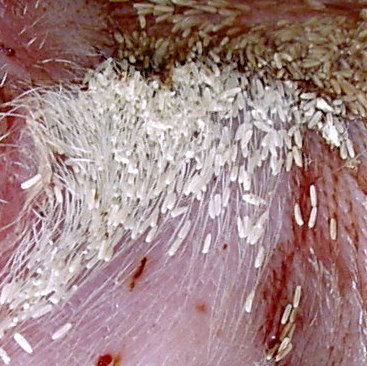The View page displays a submission's general information and data. Ver vídeo
Información del envío
Número del envío: 2163
ID del envío: 2172
Submission UUID: e75e2a9a-1ab3-427d-9df9-a5b74e886f7c
Submission URI: /index.php/es/form/wizard-fichatraductologica
Created: Lun, 11/12/2023 - 12:08
Completed: Lun, 11/12/2023 - 12:36
Changed: Lun, 11/12/2023 - 12:36
Remote IP address: (desconocido)
Enviado por: Annabelle Lewis
Idioma: Español
Is draft: No
Página actual: webform_confirmation
Form Ficha Terminológica: Ficha Traductológica
Término
cadaverous fauna
Inglés (Estados Unidos) (214)
Ciencias Biológicas, Químicas y de la Salud (403)
Ciencia Forense (408)
Patologia Forense
Insects and other arthropods that eat, live in and contribute to the decomposition of dead bodies.
Annabelle Lewis / Marchenko, M. I. (2001). Medicolegal relevance of cadaver entomofauna for the determination of the time of death. Forensic Science Informational, 120, 89–109. https://doi.org/10.1016/S0379-0738(01)00416-9
Insects and other invertebrates feed on carrion in a successional manner dependent on the state of decomposition. The recognition of the species involved, the pattern and time of arrival at the scene of the adults, and subsequently the eggs and larvae, together with a knowledge of their development rates can give an indication of the time of death. As observed in the studies indexed by Smith, in 1894 Mégnin reported eight periods of activity of cadaverous fauna, also called waves of insects.
Wolff, M., Uribe, A., Ortiz, A., & Duque, P. (2001). A preliminary study of forensic entomology in Medellín, Columbia. Forensic Science International. 120(1-2), 53–59. https://doi.org/10.1016/S0379-0738(01)00422-4
Español
fauna cadavérica
Nominal (221)
insectos carroña, insectos necrófago
Ecuador (Ecu.) (199)
Insectos y otros artrópodos que comen, viven en y contribuyen al proceso de la descomposición de un cadáver. Constituyen un elemento importante en el estudio entomológico forense que permite determinar no solo el tiempo sino también las posibles causas de muerte de un individuo.
Annabelle Lewis / Muñoz Rodgríguez, M., Mendoza, M. M., & Walachosky, M. (2022). El reloj forense. Estudio de la llegada de dípteros y formación de larvas en cabeza de cerdo (Sus Scrofa doméstico) expuesto al aire libre en el distrito de Cañazas, un lengu
La fauna cadavérica es un indicador forense para establecer el diagnóstico del tiempo de muerte de cadáveres humanos, de interés a la Patología Forense y Medicina Legal, en la investigación criminal, durante el proceso de administración de justicia. Es de valor práctico sobre todo en aquellos casos de necropsias dificiles, cuando los cuerpos son encontrados a la intemperie o enterrados con fines de ocultamiento.
Carrera Palao, Elizabeth (2005). Fauna cadavérica humana y estimación metodológica del tiempo muerte [Tesis de maestría. Universidad Nacional del Callao]. https://repositorio.unac.edu.pe/handle/20.500.12952/465
Multimedia

Externa
https://australian.museum/learn/science/decomposition-corpse-fauna/
https://www.youtube.com/watch?v=FDU0X9VVQn4&embeds_referring_euri=https%3A%2F%2Ffuturism.com%2F&source_ve_path=MjM4NTE&feature=emb_title
Externa
https://www.youtube.com/watch?v=FDU0X9VVQn4&embeds_referring_euri=https%3A%2F%2Ffuturism.com%2F&source_ve_path=MjM4NTE&feature=emb_title
